Microsoft on Windows Phone 'We've massively retrenched' but still focusing on core flagships for fans
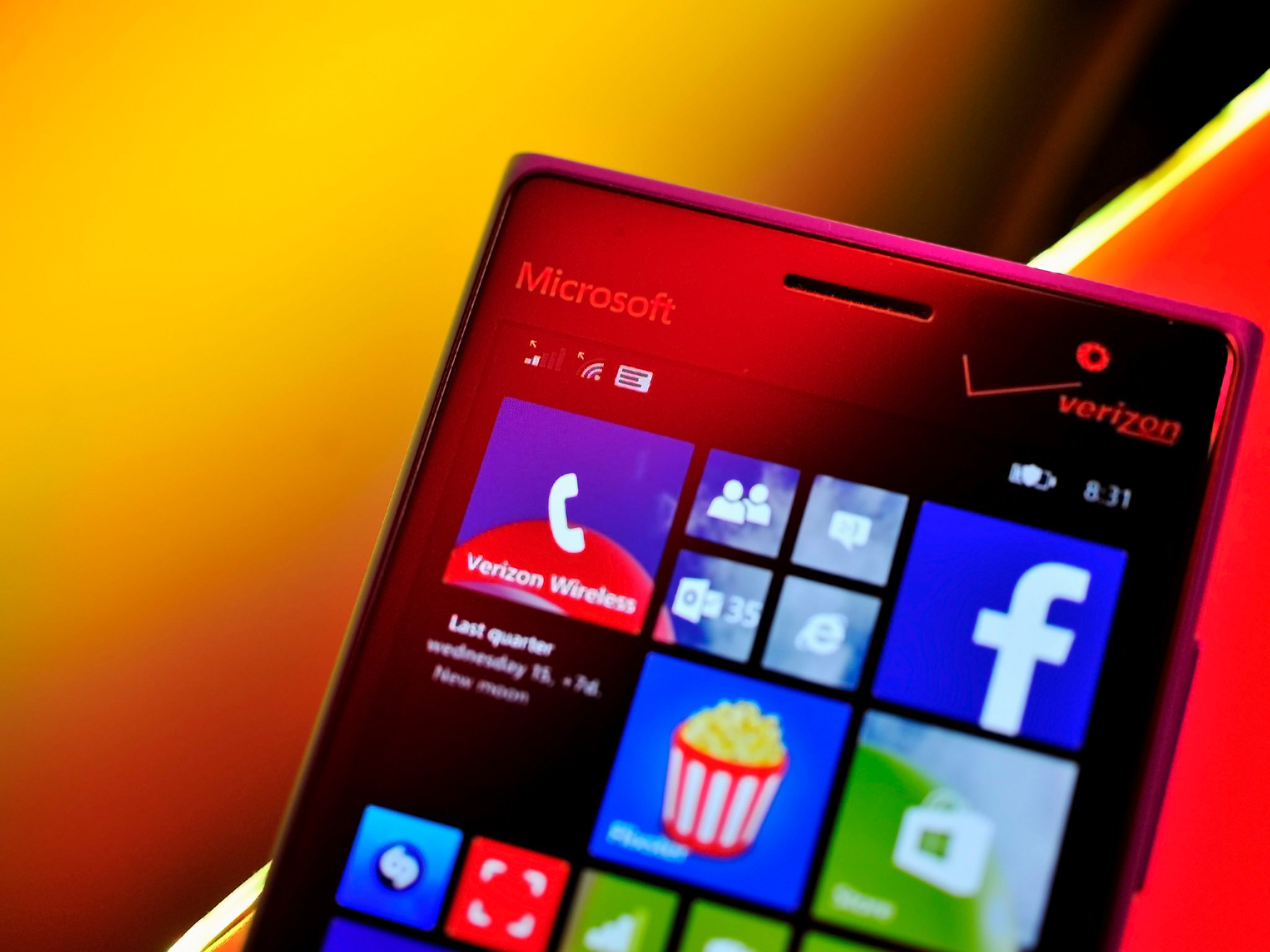
Microsoft's predicament in the mobile space for 2015 is no mystery. For years now, in fact, many have been saying Windows Phone is dead and calling for Microsoft just to give up (or even 'go Android'). The problem here is that Windows 10 and its Windows everywhere story relies heavily on having a mobile chapter. What good are Universal Windows Apps if you chop off one of the octopus's legs?
Another unsurprising move is that Microsoft is releasing two new flagships phones this fall for their core audience. Codenamed Cityman and Talkman these phones have the public name of Lumia 950 and Lumia 950 XL.
In a recent Q&A with Chris Capossela, the Chief Marketing Officer at Microsoft, some details, and a more clearly articulated position was put forth for Windows 10 Mobile. The news here is more about their intentions and commitment rather than any bombastic proclamations. In fact, the sober reality of Microsoft's challenges are fully realized.
On Windows 10 consumer flagships
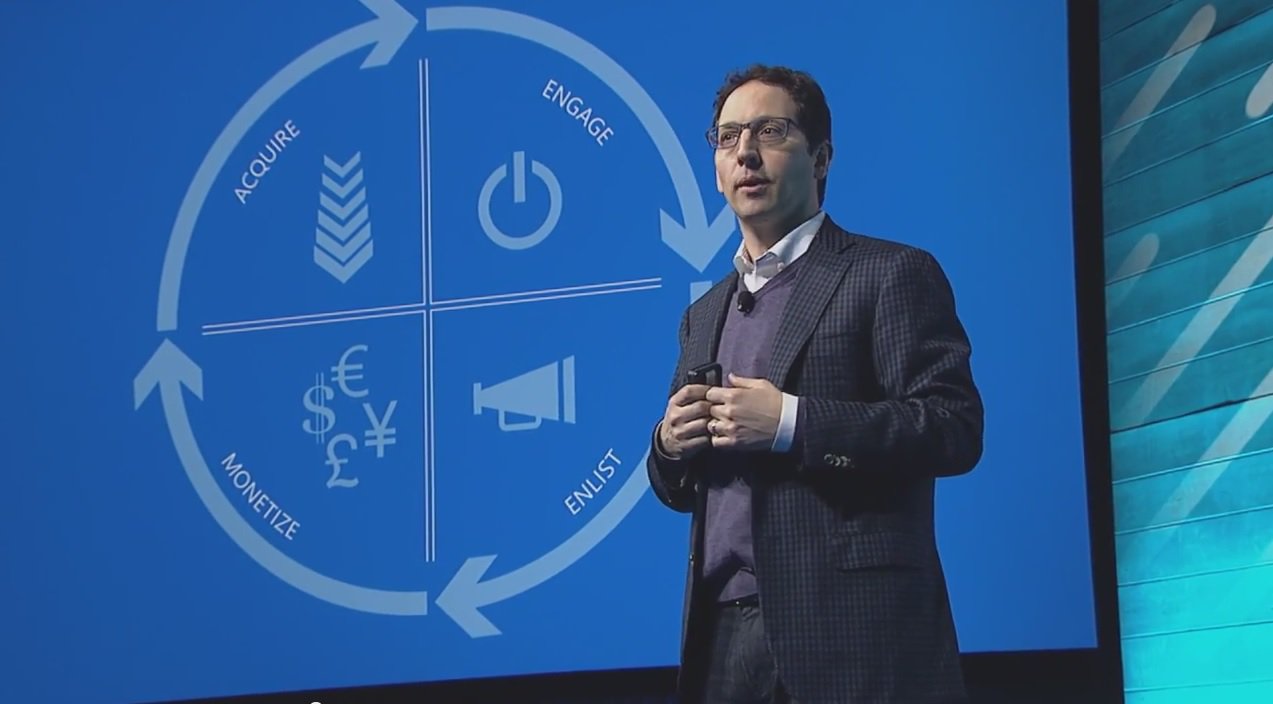
Capossela was a speaker at the Citi Global Tech Conference in New York this past week, and the full transcript of his question, and answer session has been posted. In regards to mobile, here is what he had to say. Walter Pritchard asks Capossela about their plans for phone, pulling no punches:
"... I think there's still an investor question out there on the phone form factor, where you to some degree retrenched from the market, to some degree left the door open to go back into that market. And I'm wondering if you were to fast-forward three to five years from now, we have you guys on stage, what is your -- what is Microsoft's footprint look like in the phone market? Again, let's call them the standard phone, not a hybrid, not just -- just a plain old phone…what is the Microsoft role in that market three to five years from now?"
Capossela responds:
"Yeah, we've definitely retrenched. I wouldn't say we've modestly, we've massively retrenched. And I think that's appropriate for where we are. For us in the next couple of years we're really going to focus on building phones that obviously showcase Windows 10, but we're going to try to build phones for two audiences."
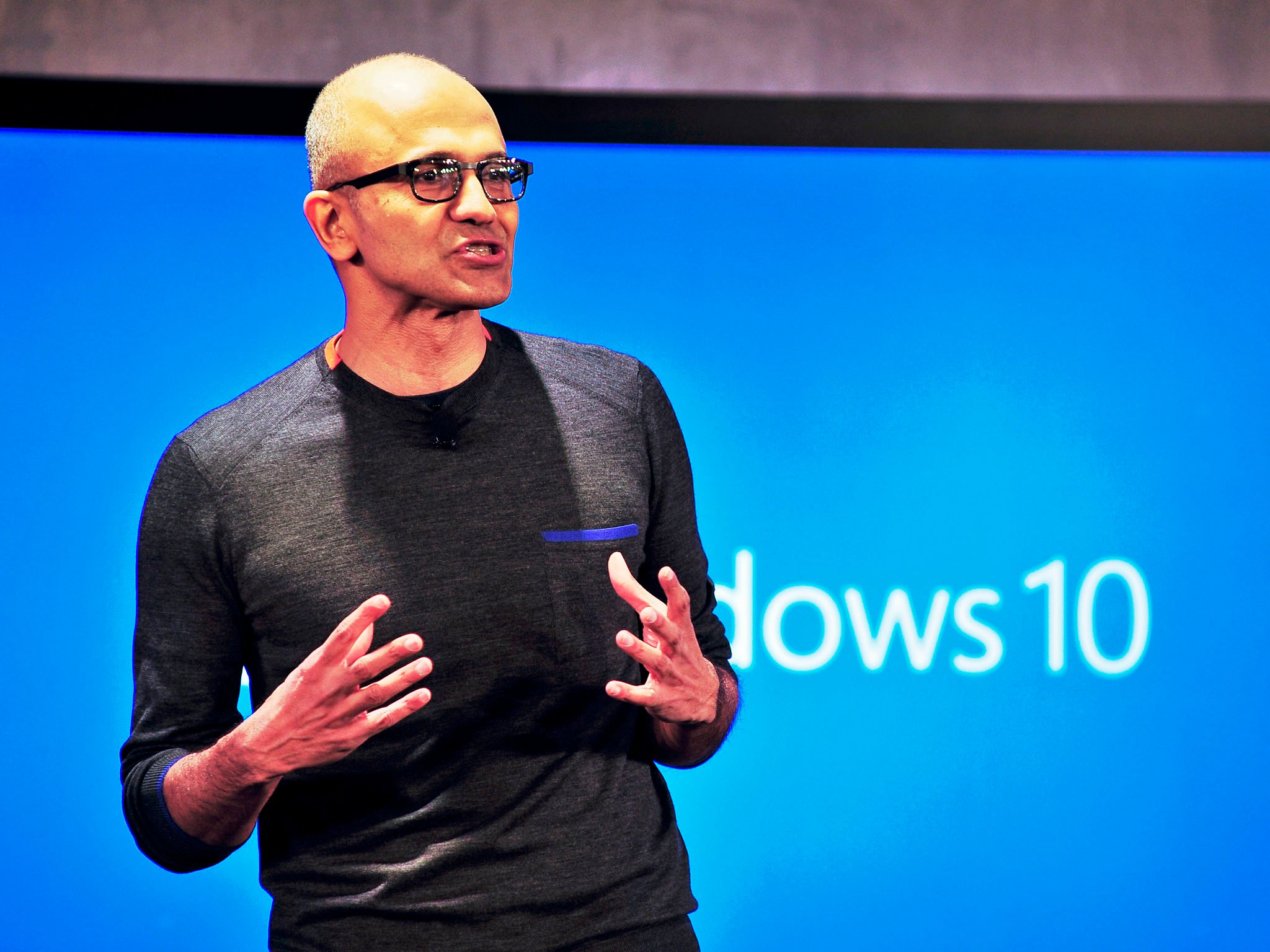
Capossela, to his credit, doesn't even say they have pulled back a little, but a lot. These comments reflect the observations of many users of Windows Phone, who have seen a drying up of hardware and less visible approach. However, Capossela goes on to repeat and more clearly articulate what Microsoft CEO Satya Nadella said in his famous letter to employees:
"We're going to build phones for our Windows fans. If you love Windows 10, if you love your Windows 10 tablet, or Surface, or laptop, we want to have a beautiful phone for you, something you'd be incredibly proud of that's going to have the same experience across your devices, the same apps will run on the phone as run on your Windows 10 laptop or tablet. And it's going to feel incredibly natural. And we really think the Windows fans really want a wonderful Windows Phone that will be a premium flagship phone."
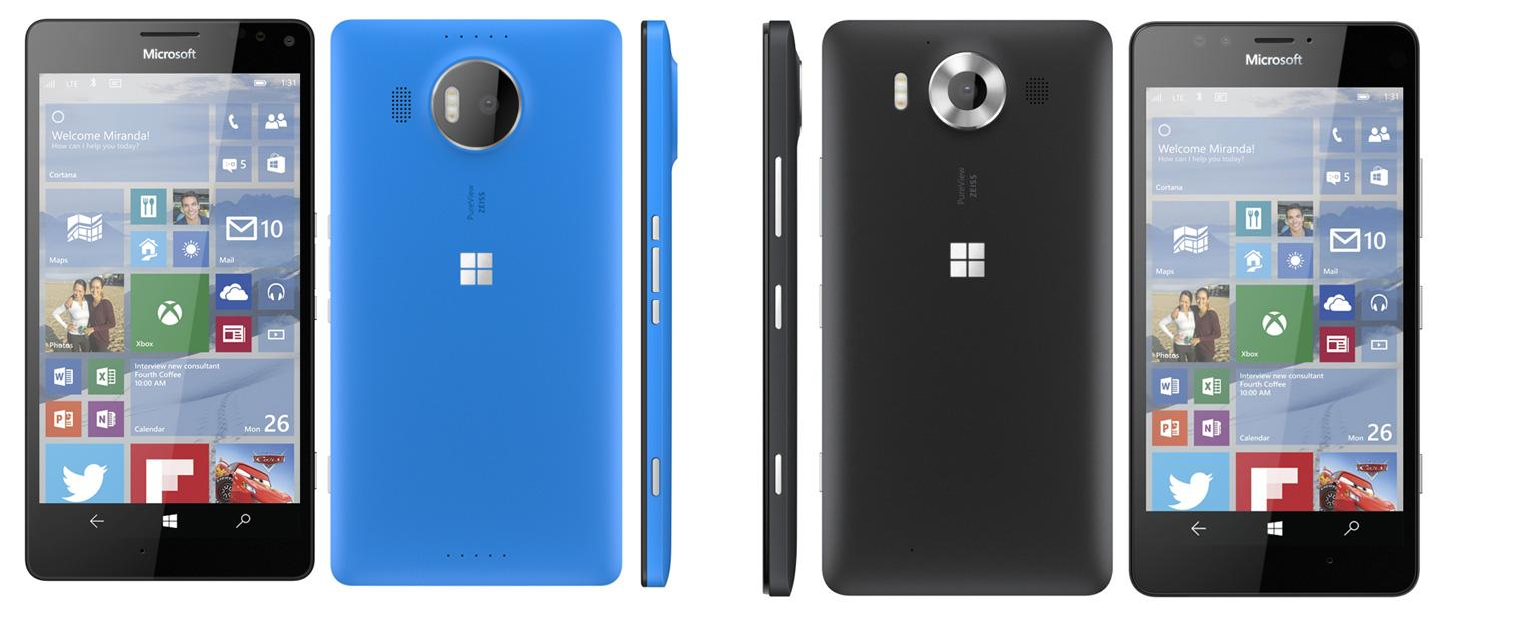
These phones are obviously the yet-unannounced Lumia 950 and Lumia 950 XL. The important point here is that Microsoft recognizes that it is their core audience driving (and sustaining) Windows Phone today. Microsoft's goal is to keep those users happy by giving them a phone that they can be "proud of". Certainly, that is a tall order to fill and how people react to these devices – expected to be announced in October, with an early November release – remains to be seen.
All the latest news, reviews, and guides for Windows and Xbox diehards.
On Windows 10 Mobile for enterprise - Hints of a 'Surface phone'?
It is just not the enthusiast crowd, however, that Microsoft proclaims interest. The other leg for mobile is about their usual bread and butter: enterprise. Capossela turns his attention to this side of their strategy:
"We're also going to build phones for businesses. We know business customers want a very, very secure phone that's incredibly good at calendar management, at e-mail, at productivity, and Skype for Business, et cetera. And so we think those two segments are segments we can focus on and build a much, much better solution and much better business than we have today."
I have reported a few times that an Intel-Microsoft phone collaboration has been in the works now for some time (my sources say from last October). This device is reportedly a metal phone, due in a May 2016 timeframe, and is supposed to feature a next-gen Intel processor. Indeed, the Surface brand has been tossed around as a potential naming scheme, although it remains unclear if this will occur.
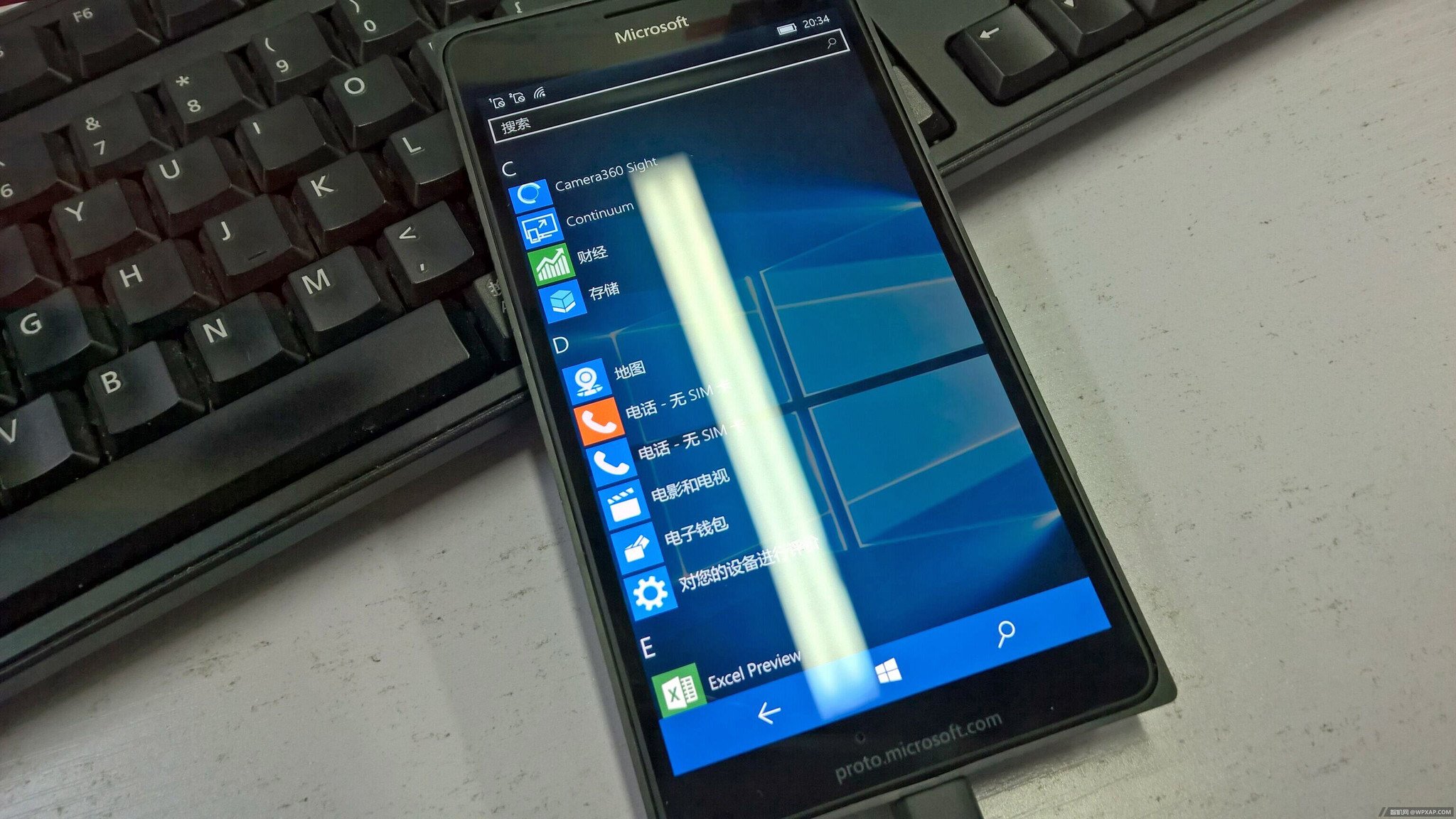
Since this enterprise-focused phone is not a consumer flagship, it reasonable to assume the specs will be very good, but not out-of-the-ballpark expensive. Microsoft would likely to make a premium device for companies that can be bought en masse at a reasonable cost. BlackBerry is switching to Android with their Venice slider and still in the game with their recent acquisition of Good Technology. Microsoft is releasing a phone with Continuum and an Intel processor – possibly to run Win32 apps – and it could be a strategic hit.
Microsoft's mobile plans in four years
Capossela ends his remarks about mobile talking about the future:
"Four years from now, it's too hard to predict. I think we have too much to do in front of us right now to get back in the game with the two audiences that we think we can serve incredibly well. And then we'll see how things evolve. Then we'll take it kind of one step at a time. But obviously we want to be in the phone space. We're excited about the phones we're delivering this holiday for those customer segments, but we're just going to have to work and make them huge fans, and see what comes next."
His remarks are sobering. Microsoft is taking a step by step approach in trying to nail these two segments first. If they are successful, they can think of moving on to other categories e.g. niche phones like extreme photography.
The important take away from his comments is Microsoft's restated commitment to mobile. As mentioned earlier, mobile is key to Windows 10, and they cannot just surrender to the satisfaction of critics. However, the second half of that statement is whether Microsoft can deliver on their promise.
All eyes are on October.

Daniel Rubino is the Editor-in-chief of Windows Central. He is also the head reviewer, podcast co-host, and analyst. He has been covering Microsoft since 2007 when this site was called WMExperts (and later Windows Phone Central). His interests include Windows, laptops, next-gen computing, and wearable tech. He has reviewed laptops for over 10 years and is particularly fond of 2-in-1 convertibles, Arm64 processors, new form factors, and thin-and-light PCs. Before all this tech stuff, he worked on a Ph.D. in linguistics, performed polysomnographs in NYC, and was a motion-picture operator for 17 years.
